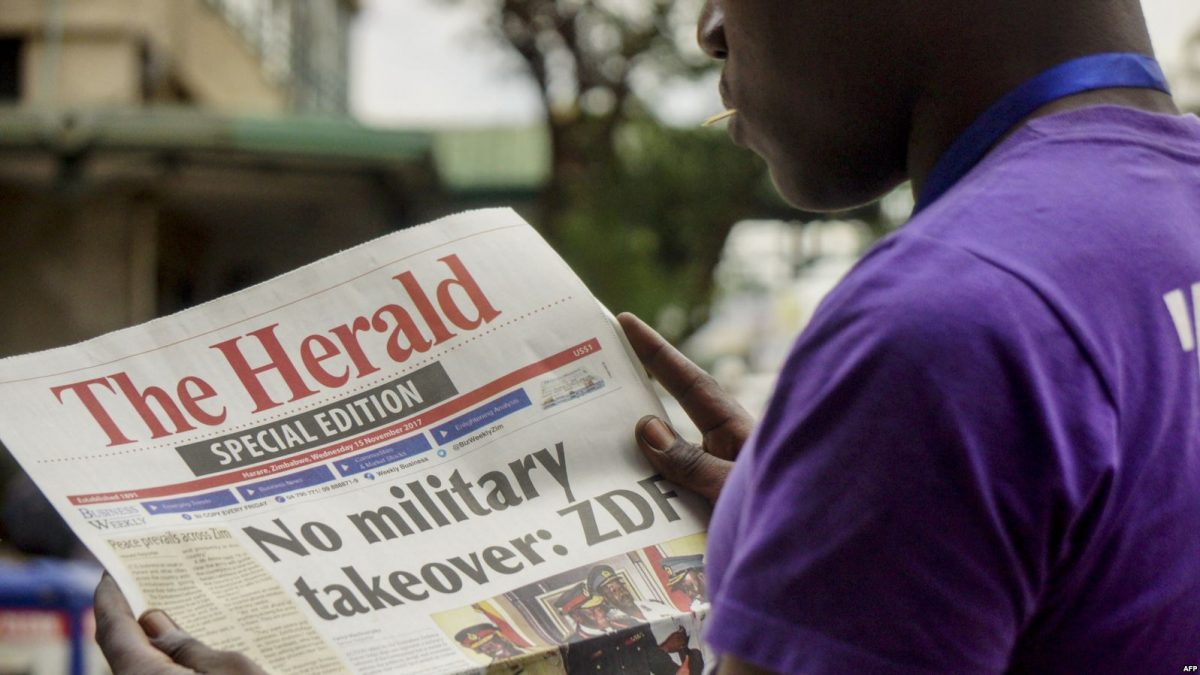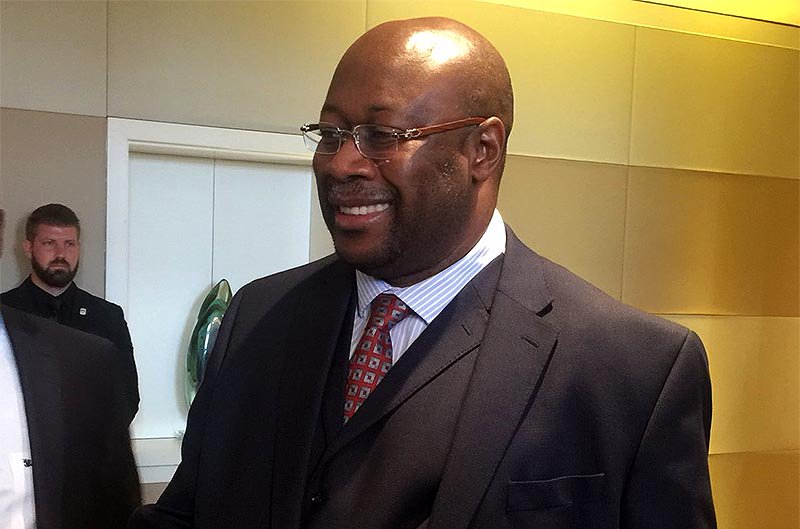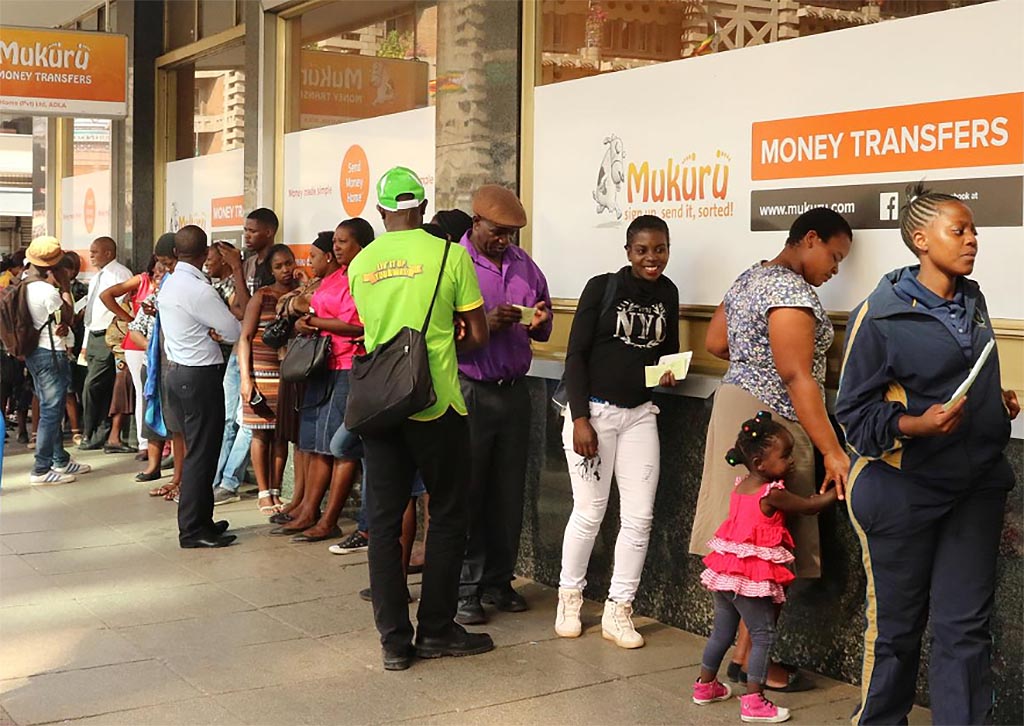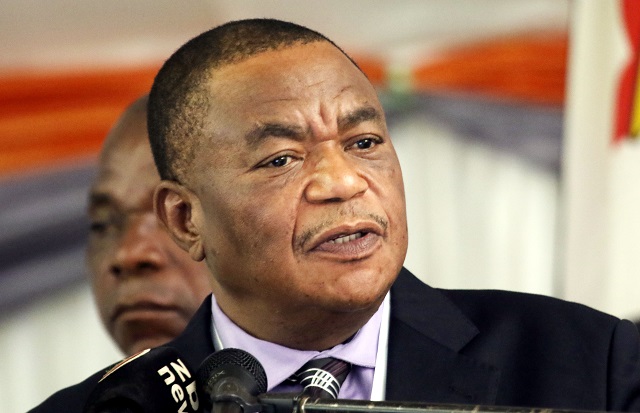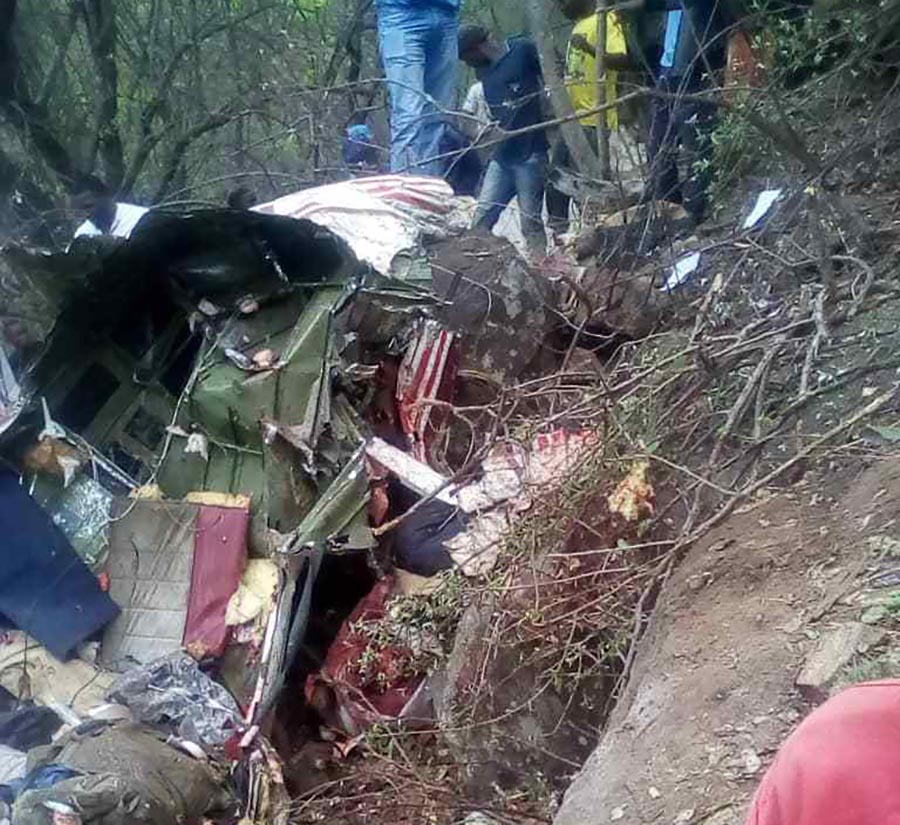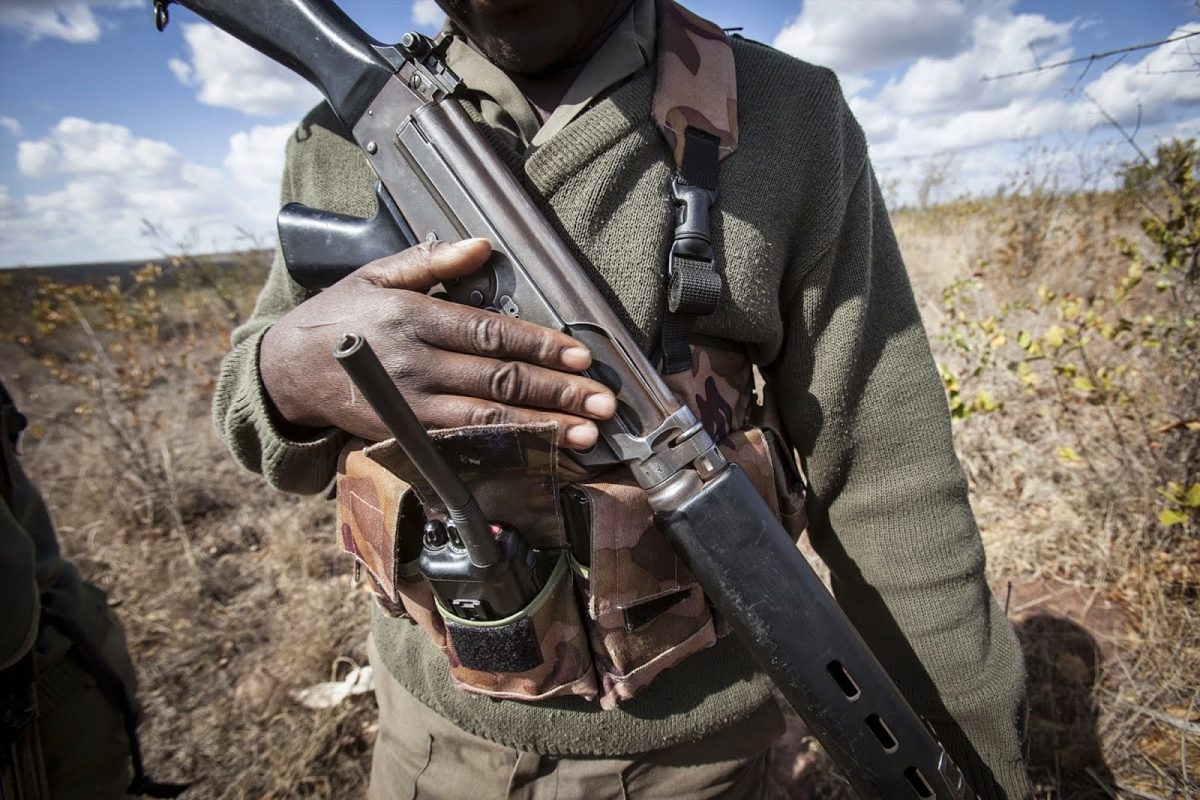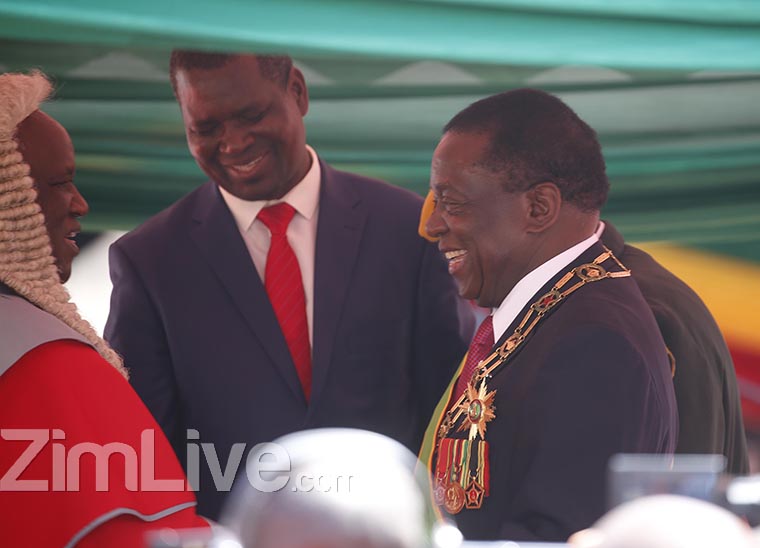BULAWAYO – The Zimbabwe Newspapers Group (Zimpapers) has finally yielded to economic realities by raising the prices of its newspapers.
Zimpapers, the country’s biggest integrated media organisation, said it was doubling the prices of most of its newspapers “as a mitigatory measure in the face of increasing costs of production.”
The state-controlled media behemoth had become the poster boy for government price controls.
When Alpha Media Holdings raised the cover prices of its newspapers last October, following the collapse of the bond note against the United States dollar, Deputy Information Minister Energy Mutodi accused AMH owner Trevor Ncube of being an “unscrupulous businessman”.
“I’m urging all newspapers to stop flying along the wind and keep their prices at $1. The media industry shall never be subject to speculative behaviour under our watch,” Mutodi said on Twitter.
The near four-fold collapse of the bond note against the United States dollar immediately raised costs for all publishers, who sell their newspapers in bond notes but must import newsprint in real money.
Industry sources say the cost of buying a tonne of newsprint shot up from about $700 to $2,000 – but Zimpapers had to suffer the losses quietly to keep politicians happy.
“The haemorrhage just became too much. The board and the CEO had to make representations to the Ministry of Information illustrating just how devastating the price controls had been to their operations,” a source said.
Zimpapers, publishers of The Herald, the Chronicle, The Sunday News, H-Metro, B-Metro and the Sunday Mail among other titles, had reduced the number of newspapers they printed and bosses had discussed sending subscribers e-copies of their newspapers to stem the bleeding.
Under the new price regime, the dailies are going up from $1 to $2, with the quality weeklies raising their prices from $2 to $3 starting on February 9.
